Description
A photoresistor or light-dependent resistor (LDR) or photocell is a light-controlled variable resistor. The resistance of a photoresistor decreases with increasing incident light intensity; in other words, it exhibits photoconductivity. A photoresistor can be applied in light-sensitive detector circuits, and light- and dark-activated switching circuits.
Application:
- Camera light meters, clock radios, alarm devices (as the detector for a light beam), night lights, outdoor clocks,
- solar street lamps and solar road studs
- Photoresistors can be placed in streetlights to control when the light is on. Ambient light falling on the
- photoresistor causes the streetlight to turn off. Thus energy is saved by ensuring the light is only on during hours of darkness.
- They are also used in some dynamic compressors together with a small incandescent or neon lamp, or light-emitting diode to control gain reduction.
Features:
- Great tool to check the level of ambient light
- Works great with both arduino boards and Raspberry Pi
Getting started with Light Dependent Resistor – LDR
The LDR (Light Dependent Resistor) is also known as a Photo resistor. It is a simple device that has the characteristic of changing its resistance based on the amount of light that hits it. Its resistance will be lower when a light is shone on it. When the light is removed the resistance will be at it’s highest.
The LDR could be used to detect day or night to control some device. If you wanted to know if the light goes out when the fridge door closes then the LDR with an Arduino could be used to answer that question. The LDR will not give you an accurate reading to the amount of light but it will enable you to detect a transition between the amount of light that is available.
Parts required
- Arduino Board
- LDR
- 10K Resistor
- Breadboard
Connecting the Hardware
Wiring up the sensor requires only the ldr and a pull down resistor. We are using a 10K (R1) pull down resistor. We can wire up to the 5V or 3.3V power pin on the Arduino. It just means the voltage output to analog input when using the 3.3V power pin will be lower.

Software
To test this sensor we can use sample sketch shown below. You can download the sketch file. It reads the LDR every 0.5 seconds and prints the results to the console on the computer connected to the USB port on the Arduino. We do not require any libraries for this sketch. The lower the value displayed the lower the light hitting the sensor. As more light hits the sensor the higher the value will be.
We are using analog pin A0 to connect to the sensor. If you are using a different analog pin then you will need to change the pin number defined on line 1 in the sketch code.
CODE
Sketch Output


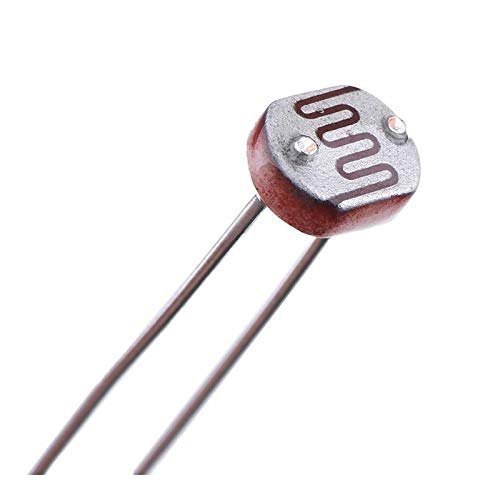
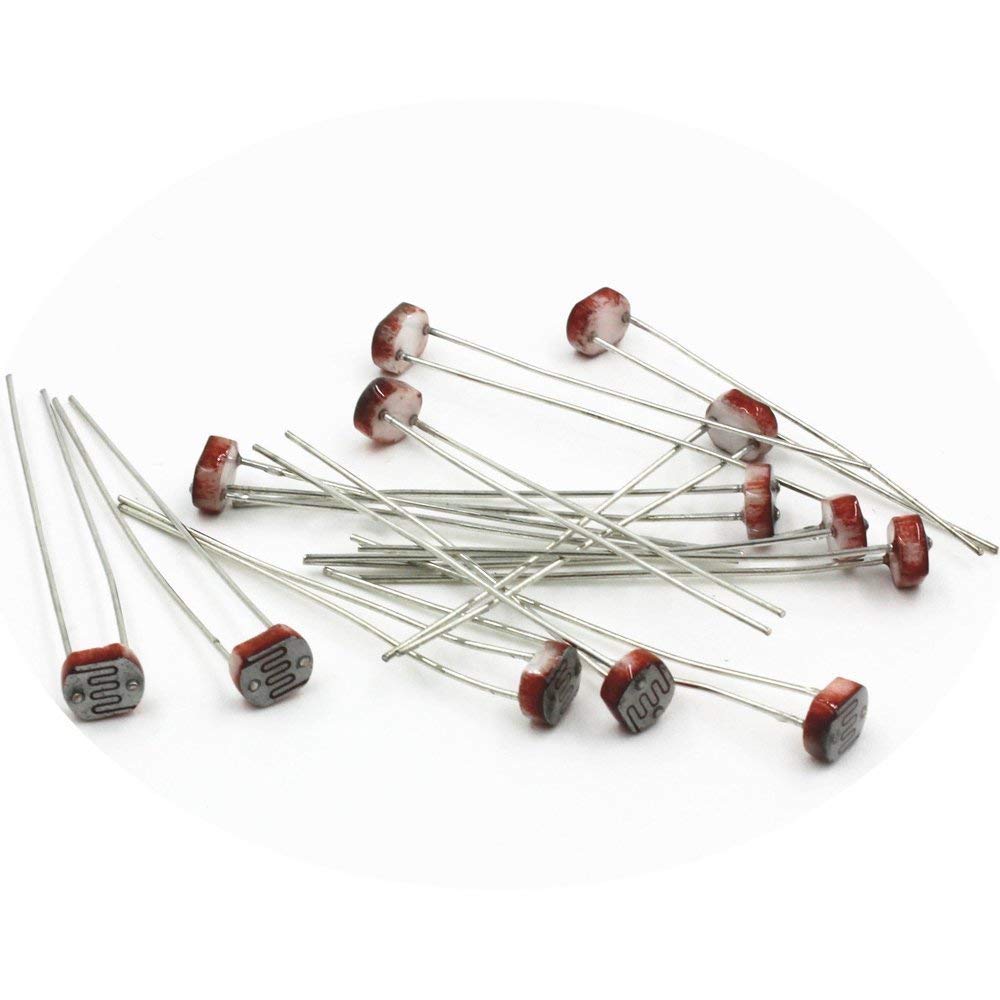
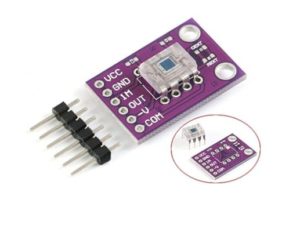
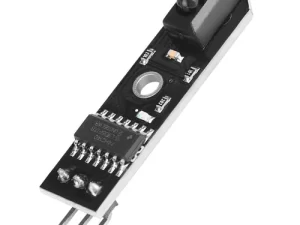
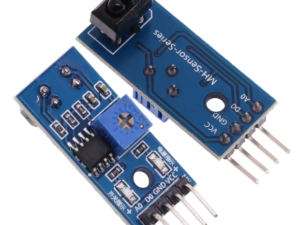
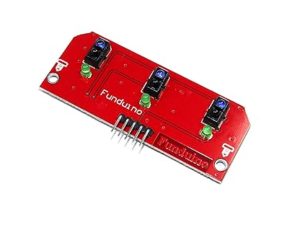
Reviews
There are no reviews yet.